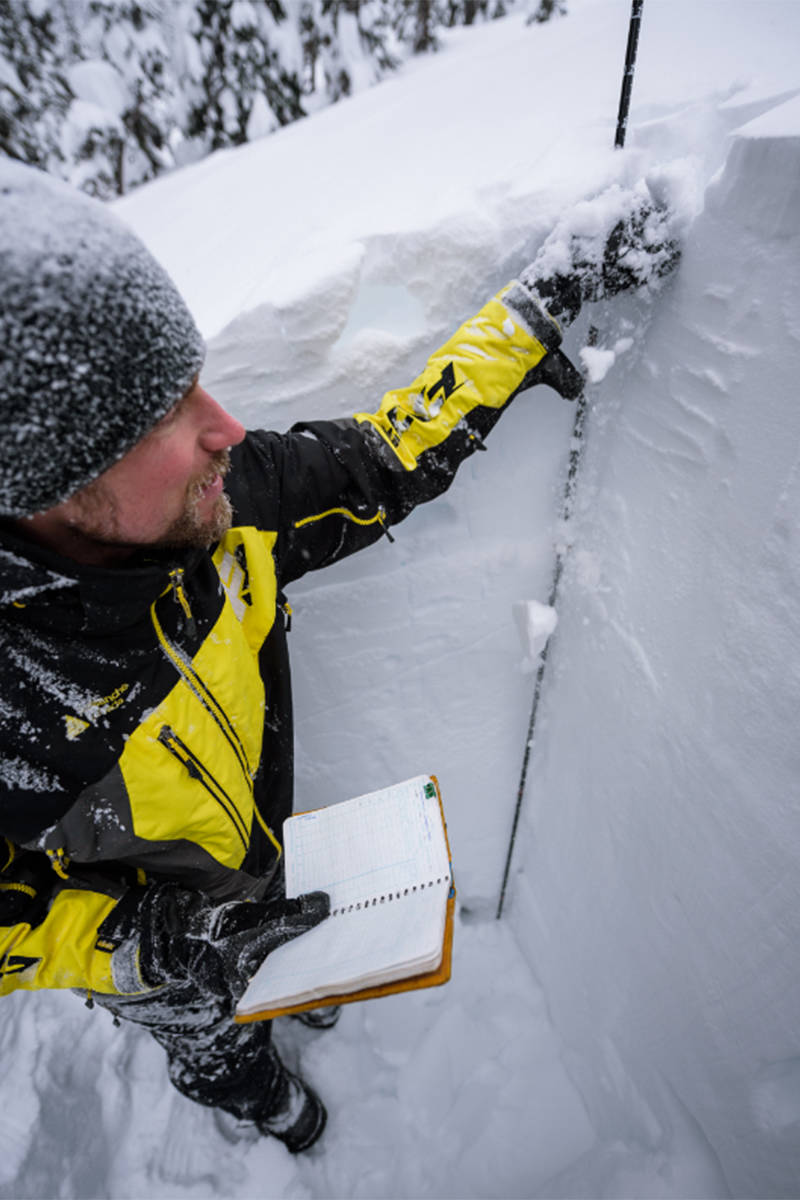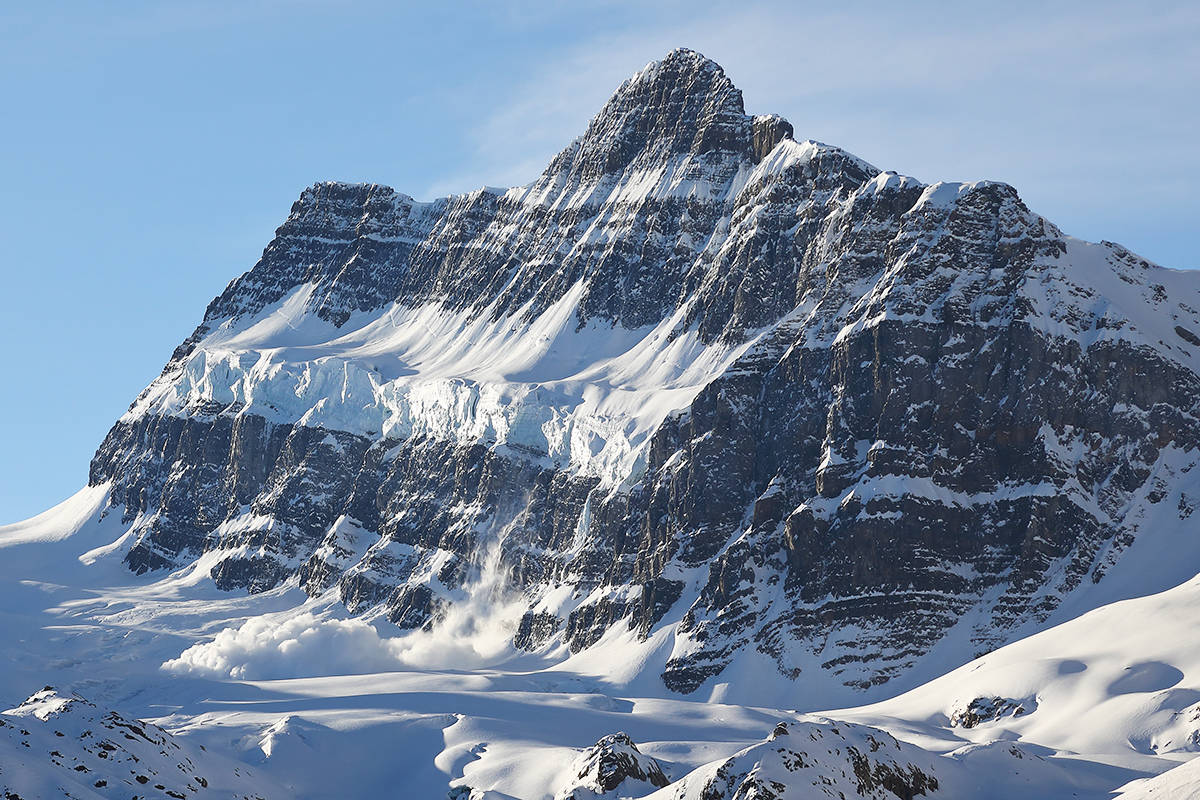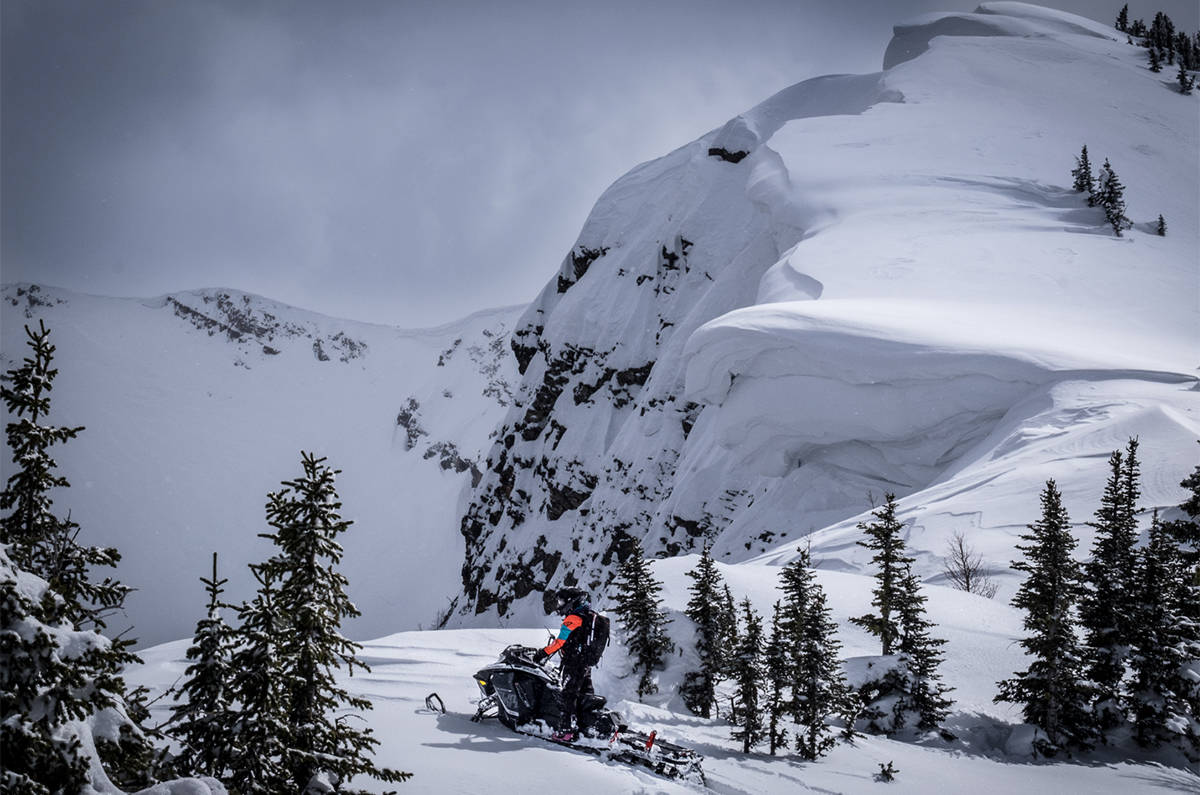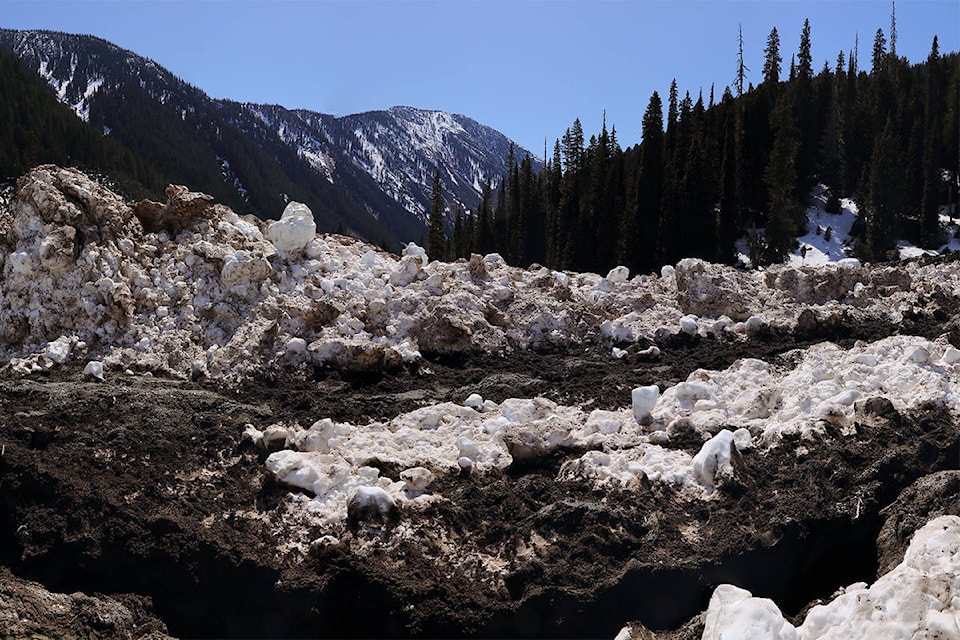It was announced yesterday during Finance Minister Bill Morneau’s fall fiscal update that Avalanche Canada will receive a substantial increase in federal funding.
”This funding will support Avalanche Canada in delivering safety prevention services more consistently across the country,” says Anna Arneson, from media relations in the Department of Finance for Government of Canada.
The non-profit and non-government organization will receive an endowment of $25 million. The organization is Canada’s national public avalanche safety agency and is based in Revelstoke, B.C. Avalanche Canada provides avalanche forecasting avalanche warnings, and education of avalanche safety.
For years, the organization has struggled with unstable/low funding and increasing demand of backcountry users.
”The one-time upfront endowment funding being provided by the Government of Canada will allow Avalanche Canada to more comprehensively plan for the medium and long term,” says Arneson.
READ MORE: Avalanche Canada in desperate need of funding
“We would certainly like to thank the Government of Canada and all partners that helped put the proposal together,” says Karl Klassen, warning service manager at Avalanche Canada.
Avalanche Canada says this funding was two years in the making.
“This funding will make sure that we continue what we do well without having to cut back on anything,” says Klassen.
It’s likely Avalanche Canada will even expand their services says Klassen. They currently forecast for 12 regions in Canada.
“Probably the north Rockies are next on our list.”
Since 2015, more than 10 people have died from avalanches in that area alone.
Avalanche fatalities in general have been stable in Canada since the organization’s creation at an average rate of 12 per year. Since 2007, 145 people have been killed by avalanches in Canada, most of which are in B.C.
Currently, Avalanche Canada forecasts for a region 250,000 square kilometres, roughly equal to the size of the United Kingdom. Compared to other national avalanche forecasting agencies in other countries, Avalanche Canada is funded far less.
“Efforts to promote the safety of Canadians in these and other risk-prone areas is an important measure of public safety,” says Arneson.
The details of this endowment are yet to be released, but Klassen says they expect they will be able to access the funding in the spring.
“People won’t see any changes this year, even if the money came through the door this afternoon. It’s too late in the season to scale up or change much. Certainly over spring and summer we’ll be planning to make changes for next winter.”
Avalanche Canada’s budget for this year is just under $2 million.
Klassen says the organization is hoping that the B.C. government and Alberta government will increase funding also and that private sponsorships will not dry up.
“We certainly need that money to keep us going for the next little while for sure. We hope they stay with us for the long term.”
@pointypeak701
liam.harrap@revelstokereview.com
Like us on Facebook and follow us on Twitter.



